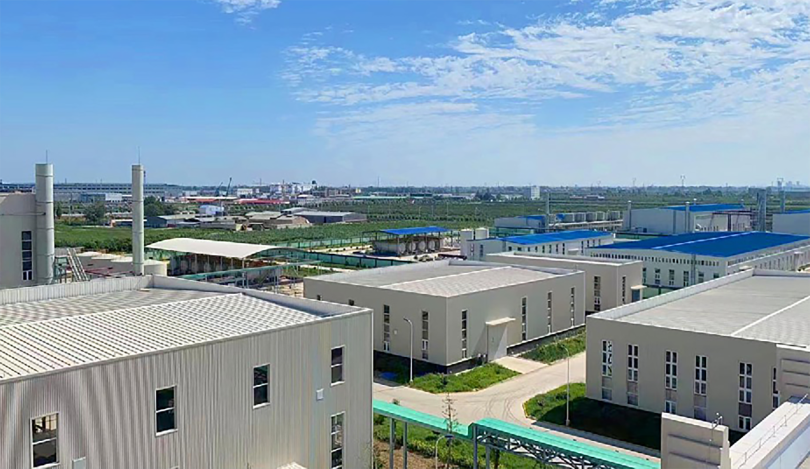
Nov . 10, 2024 05:09 Back to list
Preparing HPMC Solutions for Optimal Use in Various Applications
Preparation of HPMC Solution A Comprehensive Guide
Hydroxypropyl methylcellulose (HPMC) is a derivative of cellulose that is widely used in various industries, including pharmaceuticals, food production, and cosmetics. As a highly versatile and biodegradable polymer, HPMC serves primarily as a thickening, emulsifying, and stabilizing agent. This article provides a detailed guide on the preparation of HPMC solution, highlighting its significance and application processes.
Understanding HPMC
HPMC is a non-ionic, water-soluble polymer that is created through the reaction of cellulose with propylene oxide and methyl chloride. The modification leads to enhanced solubility in water and various other beneficial properties, such as increased viscosity and thermal stability. Due to its unique characteristics, HPMC is commonly employed in formulations ranging from controlled-release drug delivery systems to food thickening agents.
Materials Needed
To prepare an HPMC solution, the following materials are required 1. HPMC powder (the specific grade varies depending on intended use) 2. Distilled water (to ensure purity and prevent contamination) 3. Heat source (for dissolving the polymer) 4. Stirring equipment (magnetic stirrer or mechanical mixer) 5. pH meter or strips (if pH adjustment is needed) 6. Measuring tools (digital scale, graduated cylinders)
Preparation Steps
1. Calculate the Required Concentration Determine the desired concentration of HPMC in the solution (typically between 1% to 5% w/v, depending on the application). For example, to prepare a 2% HPMC solution, 2 grams of HPMC powder would be needed for every 100 ml of water.
hpmc solution preparation

2. Measure HPMC Powder Accurately weigh the required amount of HPMC powder using a digital scale. Ensuring precise measurement is crucial to achieving the desired viscosity and performance of the final solution.
3. Heat Distilled Water Pour the predetermined amount of distilled water into a heat-resistant container. Gently heat the water to about 70–80 degrees Celsius. Heating the water facilitates the dissolution of HPMC and enhances its hydrophilicity.
4. Add HPMC Powder Gradually Slowly sprinkle the measured HPMC powder into the heated water while continuously stirring. It is essential to add the powder gradually to avoid clumping and ensure uniform distribution throughout the solution.
5. Stir Thoroughly Use a magnetic stirrer or mechanical mixer to mix the solution thoroughly. Stir until the HPMC is completely dissolved and a homogeneous solution is achieved. This process can take anywhere from 15 minutes to an hour, depending on the concentration and specific grade of HPMC used.
6. Cool and Adjust pH (if necessary) Once the solution is well-mixed and clear, allow it to cool to room temperature. If the application requires specific pH levels, use a pH meter or strips to measure and adjust the acidity or alkalinity using suitable buffering agents.
7. Storage Store the prepared HPMC solution in a clean, airtight container to prevent contamination. The solution should be labeled with date, concentration, and intended application, ensuring proper usage and shelf-life management.
Conclusion
The preparation of HPMC solution is a straightforward process that requires careful attention to detail and precise measurements. Its applications are vast, ranging from pharmaceutical formulations to culinary uses. By understanding the preparation technique and the properties of HPMC, manufacturers and researchers can harness its unique capabilities to develop innovative and effective products.
-
Versatile Hpmc Uses in Different Industries
NewsJun.19,2025
-
Redispersible Powder's Role in Enhancing Durability of Construction Products
NewsJun.19,2025
-
Hydroxyethyl Cellulose Applications Driving Green Industrial Processes
NewsJun.19,2025
-
Exploring Different Redispersible Polymer Powder
NewsJun.19,2025
-
Choosing the Right Mortar Bonding Agent
NewsJun.19,2025
-
Applications and Significance of China Hpmc in Modern Industries
NewsJun.19,2025







